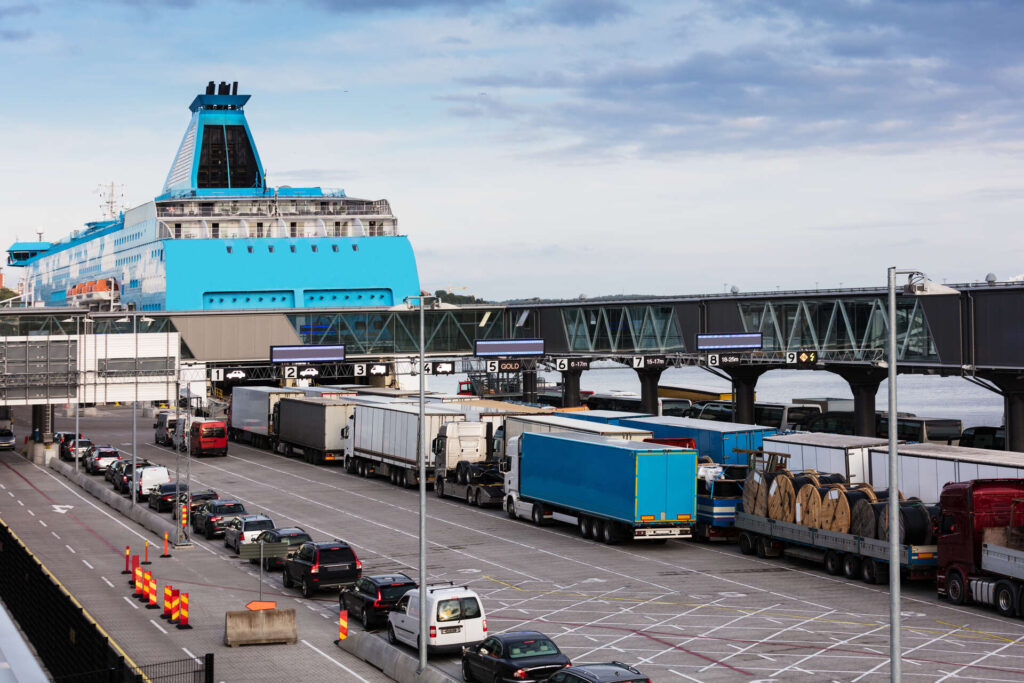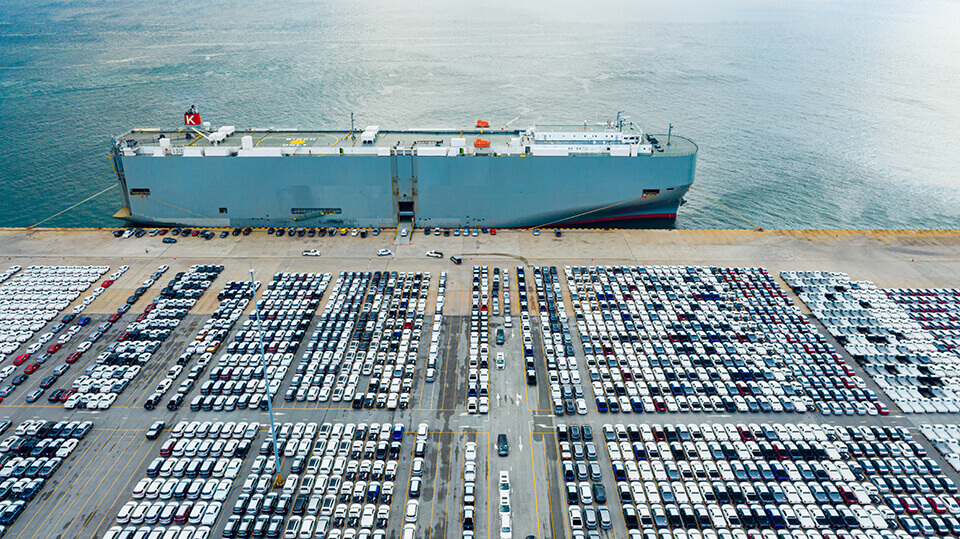Whether you’re relocating for work, study, or leisure, transporting a bike can be a complex process that requires careful preparation. So, if you wish to continue your green habits after the international move, you need to learn how to pack a bicycle for moving properly. Let’s dive into the best practices to keep your bike safe during your big move.
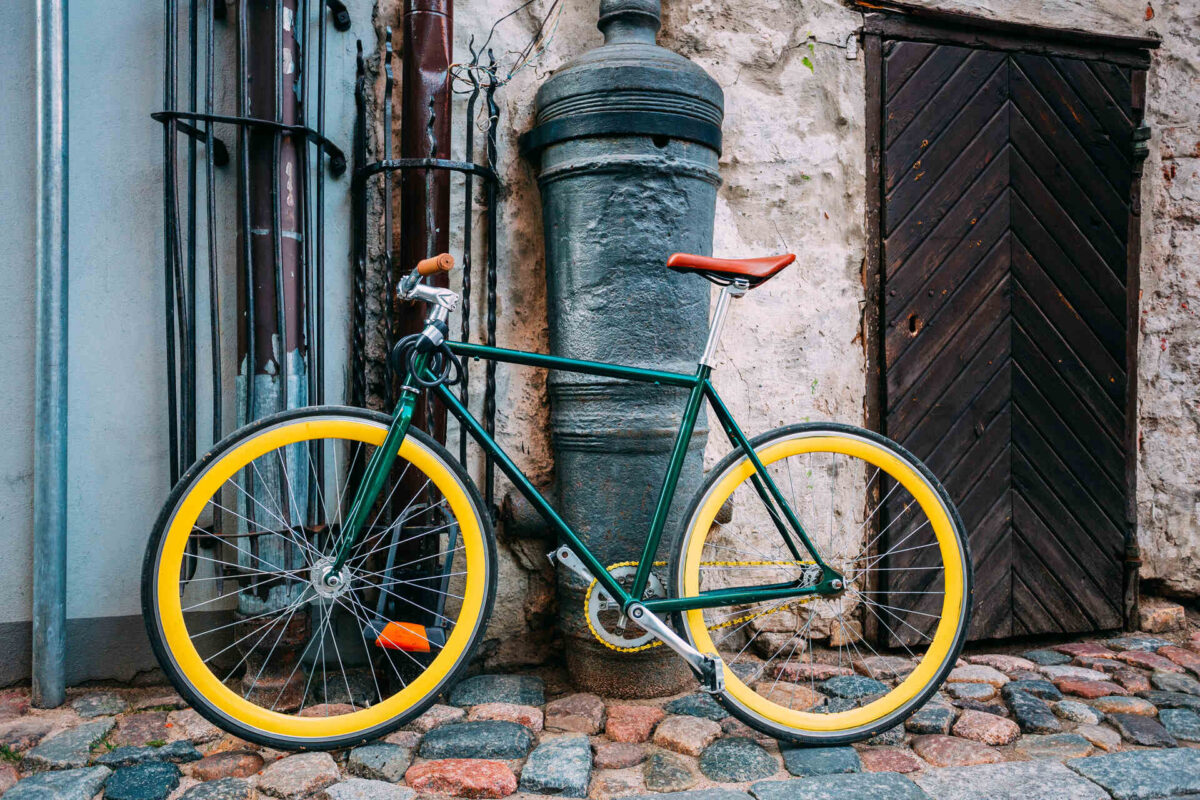

How to Pack a Bicycle for Moving – A Quick Overview
To pack a bicycle for international moving, start by disassembling the bike and removing the wheels, pedals, and handlebars. Wrap fragile parts like the seat and chain with bubble wrap or foam and secure them inside a bike box. Place the frame and wheels in the box, filling any gaps with padding to prevent movement.
Double-check the packing, label the box clearly, and consider getting insurance to protect against potential damage during transit. For added peace of mind, use a professional overseas moving company like Sunset International Shipping to ensure your bike arrives safely.
Why Do You Need to Know How to Pack a Bicycle for Moving?
When you’re relocating to another country, proper protection of your two-wheeler is crucial to avoid costly damage. Bicycles are delicate, with parts like the frame, wheels, and gears highly susceptible to damage during transit. Poorly packed bikes are more likely to sustain scratches, bent components, or even structural damage, which can lead to expensive repairs or replacements. International transportation involves multiple stages of handling, from loading to transportation.
So, as you can imagine, without proper packing, the risk of harm increases significantly. By carefully preparing for a relocation, or working with an experienced international moving company with professional packing services, you’ll ensure all of the belongings are fully protected throughout the entire process.


The Basics of Using Bike Boxes for Moving
Using a bike box is one of the best ways to protect your bicycle when moving abroad. Not only does it provide structure and support during transit, but it significantly reduces the risk of damage. Understanding the basics of using bike boxes for moving will help ensure your bicycle stays safe throughout your international journey. Let’s explore why these boxes are essential and how to choose the right one for your needs.
What Are Bike Boxes, and Why Are They Necessary?
Bike boxes are specially designed containers made to protect bicycles during transport, particularly for long journeys like international moves. These boxes come in both hard and soft variations, providing a protective barrier against bumps, drops, and shifting that can occur during transportation. A well-constructed box cushions your two-wheeler, preventing scratches, dents, and structural damage.
Whether you’re shipping by sea or air, using bike boxes is the best option to ensure your ride arrives intact. Learning how to pack a bike box properly by securing individual parts and filling empty spaces will minimize the risk of damage, making these boxes essential for safe international bicycle transport.
Types of Bike Boxes – Which One Should You Choose?
When deciding on the best way to ship a bicycle, choosing between hard and soft bike boxes is something you should think about. Hard boxes are made from sturdy plastic or composite materials, offering superior protection from impacts during transit. They’re the preferred option for shipping overseas, as their rigid structure shields bicycles from heavy handling. However, they tend to be bulkier and more expensive. On the other hand, soft bike boxes, made from padded fabric or lightweight materials, are easier to carry and more affordable, but they provide less protection.
Instead of the Bike Box, Use Reliable Custom Crating
Custom crating is one of the most secure methods for transporting a bike abroad, offering tailored protection to fit the specific dimensions and shape of your bicycle. Unlike standard bike boxes, custom crates are built to provide a snug and stable fit, reducing the risk of damage from movement during transit. Made from durable materials like wood or heavy-duty plastic, these crates are designed to withstand the rigors of international shipping.
The good news is that Sunset International Shipping offers one of the best custom crating options. We ensure your belongings stay safe during overseas transportation.
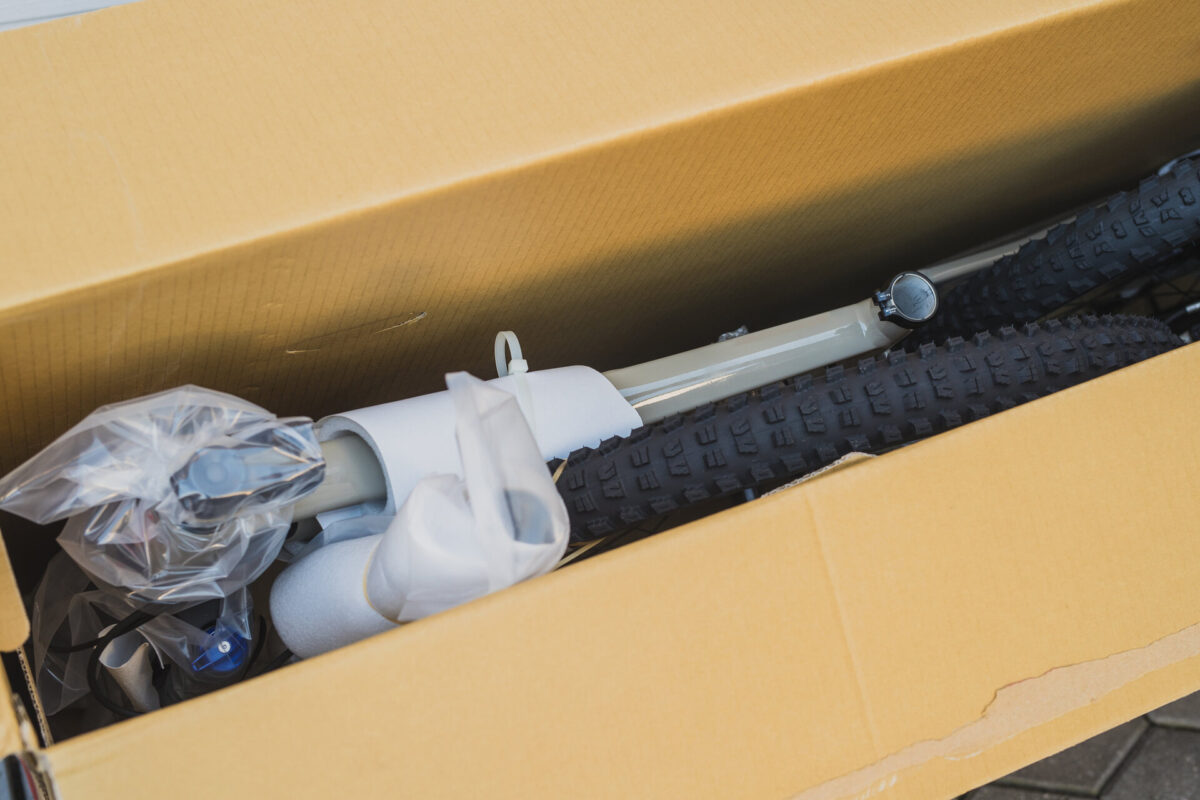

How to Pack a Bicycle for Shipping – Step-By-Step Guide
Creating a to-do list is an unavoidable task when getting organized to relocate. When it comes to preparing your bike for a move, it’s not as simple as just tossing it into a box. To ensure your ride arrives in perfect condition, you need to follow a methodical process that minimizes the risk of damage during transit.
The first step is proper disassembly. Start by removing the wheels, pedals, and handlebars, as these components are prone to damage during transit. Carefully detach each part and wrap them separately to avoid scratches or dents. If all this sounds like much of a hassle, consider hiring professional movers and letting them disassemble it along with furniture and other bulky stuff.
Securing fragile parts like the seat, chain, and derailleurs is essential. Use materials such as bubble wrap or foam to carefully wrap these components, ensuring they’re cushioned from impact. Wrap the chain in protective foam to prevent grease stains, and pad the derailleurs to avoid misalignment. This extra layer of protection within bike boxes for moving ensures that delicate parts remain intact during transit.
Begin by placing the frame in the center of the box, ensuring it rests on a padded surface. Then, carefully position the wheels on either side of the frame, making sure they are wrapped and separated to prevent contact with the frame. Use foam inserts or additional padding to fill any gaps and immobilize the parts, ensuring they don’t shift during transit.
Tips for Choosing the Best Way to Ship a Bike Overseas
Choosing the right shipping method is crucial for ensuring your ride arrives safely when transporting it internationally. Whether you’re an avid cyclist moving abroad or sending your wheels for an overseas race, selecting the best shipping option can make all the difference. Here are some helpful tips to help you find the best way to ship a bicycle overseas, considering factors like cost, speed, and protection.
Air Freight vs. Sea Freight – Which Is Best?
When deciding between sea and air freight for moving overseas, each option comes with its pros and cons. Air freight offers speed, often delivering your bike in just a few days, but it comes at a higher cost. In contrast, sea freight is more affordable but can take weeks to arrive, depending on the destination.
Finding the Right Overseas Shipping Company
Choosing the right overseas moving company is one of the most important tasks on your relocation checklist. A reliable relocation team, such as Sunset International Shipping, has the expertise to handle the complexities of international logistics while ensuring your bike is packed and transported safely.
We understand the importance of packing properly and securing your bike to prevent any damage during transit so it arrives at its destination in perfect condition. With a trusted partner like Sunset International Shipping, you can have peace of mind knowing your bicycle is in safe hands.
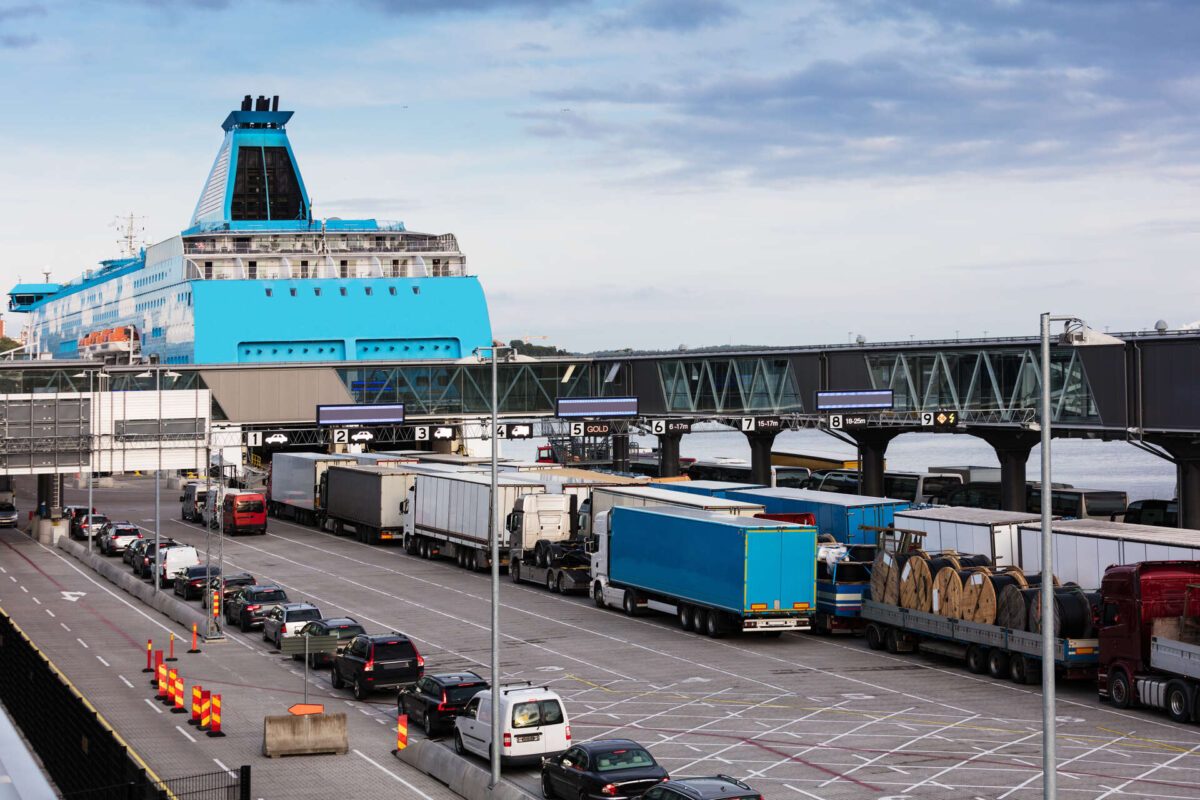

Mistakes to Avoid When Packing a Bicycle for International Shipping
While preparing and organizing the relocation abroad, it’s easy to make mistakes that could result in costly damage. One common error is failing to fully disassemble the bike, which can cause parts like handlebars or pedals to bend or break during transit. Another mistake is selecting the wrong size bike box – a box that’s too large allows for unnecessary movement, increasing the risk of scratches and dents.
Always choose a box that fits your disassembled bike snugly and pad all empty spaces. Using insufficient padding or leaving fragile parts unsecured can lead to damage, adding unnecessary repair expenses to your international move. Avoiding these mistakes ensures your ride arrives safely at its destination.


Final Preparations Before Shipping Your Bicycle Overseas
Before sealing the box and sending your bicycle on its overseas journey, it’s crucial to make some final preparations to ensure everything is secure. Double-checking the packing can be the difference between a bike that arrives in perfect condition and one that suffers damage along the way. Here’s a short overview to help you make sure everything is ready:
- Double-check packing – Inspect all parts to confirm they are wrapped securely and padded well. Ensure that no pieces are loose or unprotected.
- Final checklist – Go through a checklist to ensure no parts, like pedals or bolts, have been left out. Verify that the box is sealed tightly, with no movement inside.
- Label the box clearly – Make sure your box is labeled with your contact information and the destination address. Clear labeling reduces the chance of mishandling or misplacement during transit.
Make Sure You Have Insurance Coverage – Don’t Skip This Step
Equally important is securing insurance to cover any potential damage. Let’s say you’re relocating to the Netherlands, in “the land of bicycles” with around 23 million bikes – you have to make sure your ride is safely transported. After all, bicycles get damaged in transit due to improper packing or handling, and without insurance, the cost of repairs can be hefty. Insurance provides peace of mind, knowing that even in the event of an accident, you’re protected financially.


Ship Your Two-Wheeler Safely With Sunset International Shipping
Making sure your bike is properly protected is key to a stress-free relocation. If you decide to do it yourself, you need to carefully disassemble and secure each part just to avoid the headaches of damage and repairs.
But for added peace of mind, working with a trusted company like Sunset International Shipping makes all the difference. Our expertise in handling delicate items like bicycles means your ride will be well taken care of throughout the journey. For a smooth experience, reach out to us, and we’ll handle all the hard work for you.






